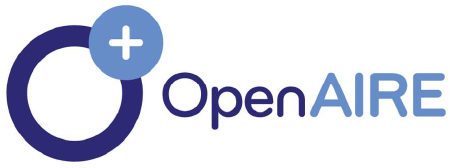INNOVATIVE METHODOLOGIES FOR TEACHING ENGLISH TO SECONDARY SCHOOL STUDENTS: A COMPREHENSIVE APPROACH
Abstract
In an increasingly globalized world, English proficiency has become more than a mere academic requirement—it is a gateway to higher education, international collaboration, and access to the global job market. For secondary school students, mastering English serves as both an intellectual milestone and a strategic tool for future success. However, teaching English to this age group presents unique challenges.
References
1. Bell, S. (2010). “Project-Based Learning for the 21st Century.” The Clearing House, 83(2).
2. Brookfield, S. D. (2012). Teaching For Critical Thinking. Jossey-Bass.
3. Berlinda Mandasari, M. (2024) Basic Principle of English Language Teaching
4. Coyle, D., Hood, P., & Marsh, D. (2010). CLIL: Content and Language Integrated Learning. Cambridge University Press.
5. Dornyei, Z. (2001). Teaching and Researching Motivation. Longman.
6. Gardner, H. (2011). Frames of Mind: The Theory of Multiple Intelligences. Basic Books.
7. Godwin-Jones, R. (2018). “Using Mobile Technology to Develop Language Skills and Cultural Understanding.” Language Learning & Technology, 22(3).
8. Harmer, J. (2015). The Practice of English Language Teaching (5th ed.). Pearson Education.
9. Kukulska-Hulme, A. (2012). “Language Learning Defined by Time and Place: A Framework for Next Generation Designs.” Mobile Learning, Routledge.
10. Male, A. & Duff, A. (2005). Drama Techniques: A Resource Book of Communication Activities for Language Teachers (3rd ed.). Cambridge University Press.
11. Richards, J. C., & Rodgers, T.S (2024) Approaches and Methods in Language Teaching. Cambridge University Press.
12. Savignon, S.J. (2002). Interpreting Communicative Language Teaching. Yale University Press.
13. Tomlinson, C. A. (2001). How to Differentiate Instruction in Mixed-Ability Classroom. ASCD.
14. Wills, J., & Willis, D (2007). Doing Task-Based Teaching. Oxford University Press.






















